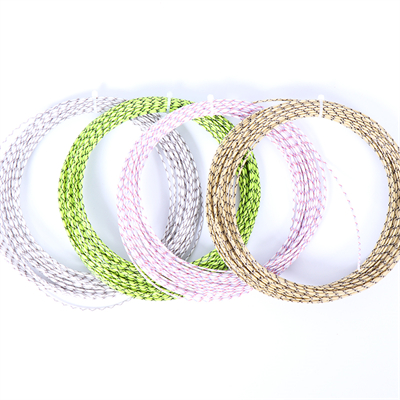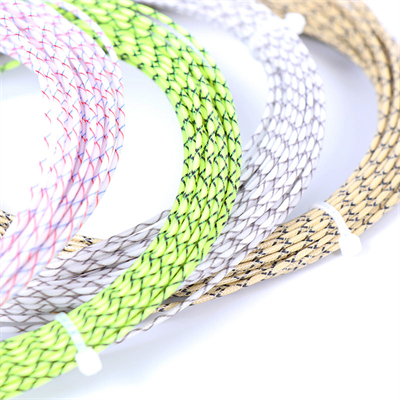The mainstream of tennis line is nylon line. This kind of thread is reasonably priced because it is not afraid of dampness, wear resistance, can be mass-produced. But nylon thread also has a disadvantage, that is, the weight changes due to easy slack. There are too few threads that are both durable and easy to play. The reason is that the thicker the line, the more durable, and the thinner the better. Therefore, people who will be disconnected in three or two days are best to wear a thicker thread with a diameter of 1.35mm to 1.45mm. But the feel of the thick thread is not good. The fine line is generally between 1.20mm and 1.30mm. Cuts the ball sharply and has good elasticity.
String Pattern: 16 Mains / 19 Crosses.
Keep in mind that the fewer vertical lines, the better the topspin effect, and vice versa. 16*19 is the mainstream today, but 18*20 still occupies a part of the market. It can be seen that the technical advantage far exceeds the beat. The line is sparse and the beat surface is in MP or OS, it is easy to run the line. Relatively few lines run on the tight line bed of the small pat noodle. If you really don’t like the whole thread, use polyester thread. If you are a master who often beats the hard lines of Lux Lang, it is recommended to switch to a small racquet.
String Tension (upline high and low peak): 53-63 pounds (lb)
Felix waves hard line. In line with the recommended median value of the beat first, and then adjust according to the feel. Add strength, reduce the number of pounds. If you want more control, increase the number of pounds, and adjust 2-3 pounds each time.






















